Children, Adolescents, and Youth Code Committed to the Right to Sexual and Reproductive Health
especiales

As an unprecedented advance in the Cuban legal system, the recently approved Children, Adolescents, and Youth Code includes a prohibition on non-consensual genital surgeries on intersex children, except in cases of risk to health or life.
This was how Mariela Castro Espín, director of the National Center for Sexual Education (Cenesex) and representative for Plaza de la Revolución municipality, described it in the parliamentary session where the new Code was approved.
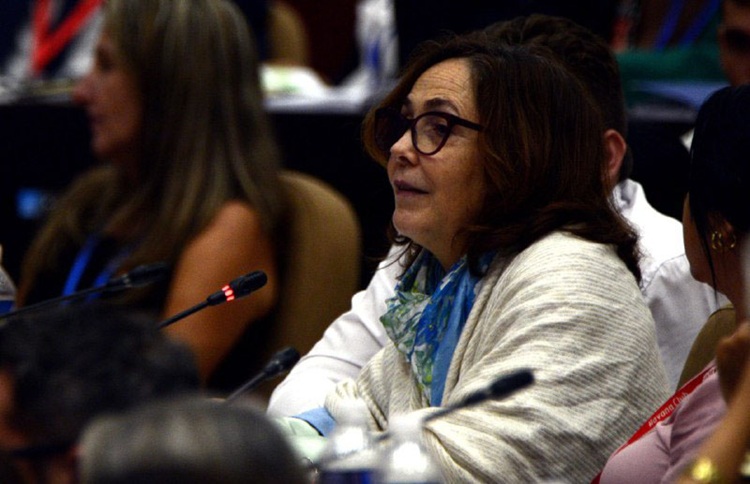
Referring to this clause, which she described as groundbreaking, Dr. Castro Espín stated that it “rejects unnecessary biomedical interventions aimed at forcing a binary adaptation of the genitals, aligning itself with international human rights standards and the pathologization of bodily variations.”
What’s intersexuality?
In the acronym LGBTIQ+, the I stands for Intersexuality.
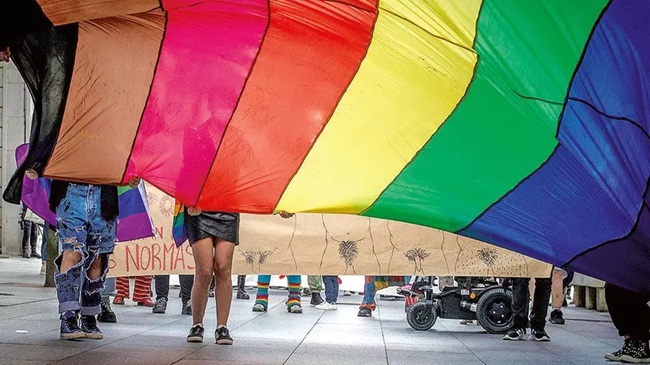
The journal Sexología y Sociedad, published by Cenesex, indicates that “Intersexualities encompass the set of variations that can occur in a person's bioanatomy, particularly in the genitals, with respect to the culturally standard male or female corporality.
“Sometimes the expression of this bodily variability becomes evident at birth, and other times it is discovered during puberty or adulthood; and in some cases it remains hidden.
“The form of genetic and endocrinological expression varies among individuals. There are women with XY chromosomes and men with XX chromosomes, people with chromosomal mosaicism (XXY, XXO), some have peculiar configurations and locations of the gonads or genitals (for example, when the penis is “small,” the clitoris is “too” large, or the vagina is absent...). There are people with other combinations or variations, which express the wide diversity of human bodies,” explains psychologist Adriana Agramonte Machado, professor and assistant researcher with a Master's degree in Clinical Psychology, and author of the cited text.
The Office of the United Nations High Commissioner for Human Rights (OHCHR) notes that “Intersex people are born with sex characteristics (such as sexual anatomy, reproductive organs, hormonal and/or chromosomal patterns) that do not fit typical binary concepts of male and female bodies. Experts estimate that up to 1.7% of the population is born with intersex characteristics.”
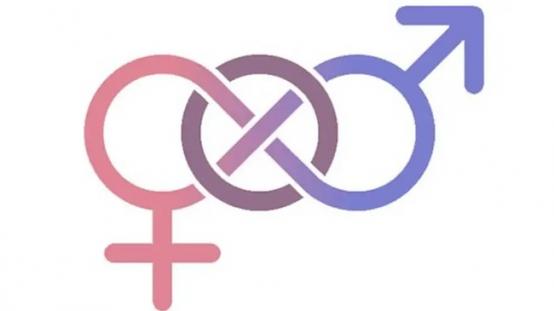
And when referring to the human rights of the LGBTIQ+ community, particularly those of intersex people, this international organization mentions forced and coercive medical interventions among the abuses of such rights; in addition to citing others such as discrimination in education, sports, employment, and other services, lack of access to justice and reparations, as well as legal recognition, and infanticide.
Intersex children around the world are frequently subjected to unnecessary surgical procedures in the hope that their appearance conforms to binary sex stereotypes.
Although there are no global statistics on the number of these surgeries, the first institutionalized protocol for genital surgery on intersex infants appears to date back to the mid-20th century. It was established at Johns Hopkins University Hospital in Baltimore, pioneered by endocrinologist Lawson Wilkins and based on the theories of psychologist John Money. This approach, unfortunately, became a global standard of care for intersex individuals.
Although there are references to earlier dates, in the 1950s, what were erroneously understood as "corrective surgeries" began to be systematically performed on intersex infants, usually during the first 18 months of life.
There were no urgent medical reasons for this, only supposed cosmetic and educational reasons, which, along with other arguments, have endured over time.

However, it has been proven that these procedures, which are usually irreversible, can cause countless harms; among them, according to the OHCHR, permanent infertility, pain, incontinence, loss of sexual desire, and also mental suffering, including depression.
Generally, such surgical interventions are performed without the full, free, and informed consent of the person involved, because their young age does not allow them to decide, and as a result, their rights to their physical integrity may be violated.

“Many intersex adults exposed to surgical procedures of this type as children highlight the shame and stigma associated with these attempts to erase their intersex characteristics, as well as the considerable physical and mental suffering, including the resulting large, painful scars. Many of these people also believe they were forced to adapt to sexual and gender categories that do not fit their characteristics,” the aforementioned source said.
A Code that is a commitment to the future
It’s no coincidence that Representative Mariela Castro focused on this topic when she commented with abundant reasoning on the newly passed Code.
Furthermore, even though the medical and bioethical arguments against these surgical procedures abound and are scientifically proven, there are still not many countries where their prohibition has assumed legal status.
Hence, Castro Espín also highlighted Cuba's pioneering status in this regard.
In addition to this clause, whose uniqueness motivated this text, it’s worth emphasizing that, in general, the Code of Children, Adolescents, and Youth entails explicit recognition of the right to sexual and reproductive health of girls, boys, and adolescents, while holding the State responsible for promoting comprehensive sexuality education, providing guidance, and providing services in this regard.
This, in turn, promotes an inclusive approach that respects diversity at all levels.
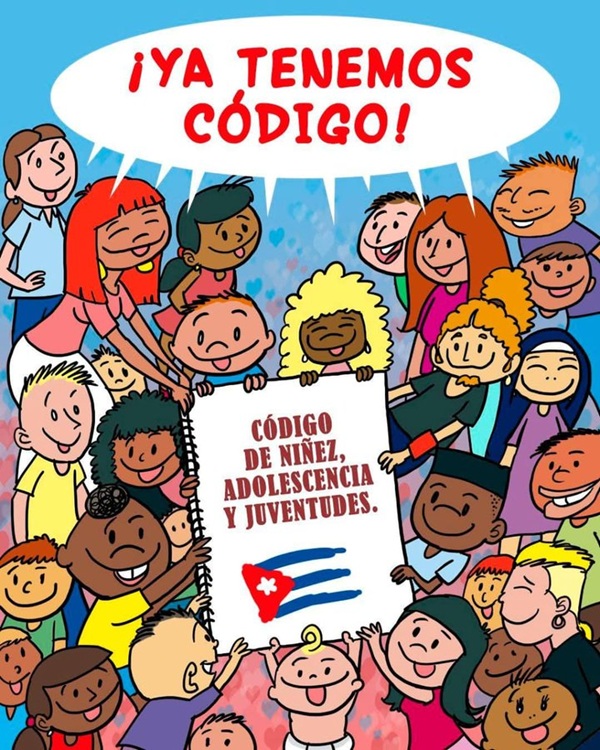
Overall, in its 124 articles, this recently approved regulation—which previously went through 17 versions—expresses genuine recognition of the rights of these age groups as an expression of the political will consistent with the Constitution and the beliefs that underpin the Cuban social project. Its words are guarantee and commitment to new and future generations.
The President of the Republic, Miguel Díaz-Canel Bermúdez, reaffirmed this on his profile on the social network X: “Nothing we do would make sense without the greatest treasure: the new generations. Or to put it more personally: our children, our grandchildren. The better world we want to bequeath to them is what the new Code seeks. Thanks to those who made it possible in such a short time.”
Translated by Amilkal Labañino / CubaSí Translation Staff



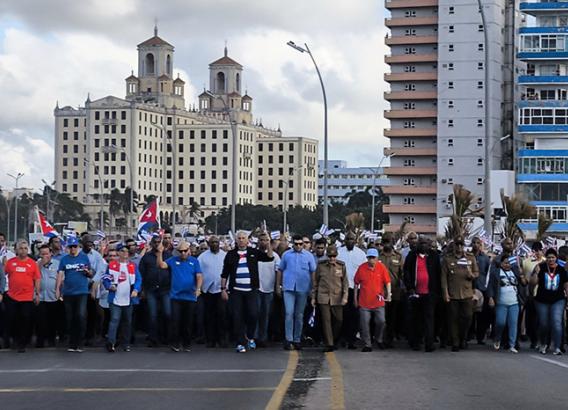
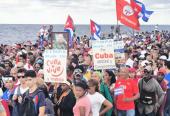

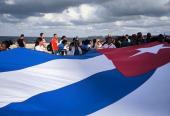
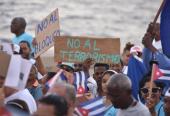
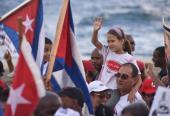
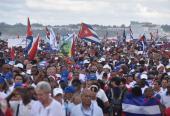




Add new comment